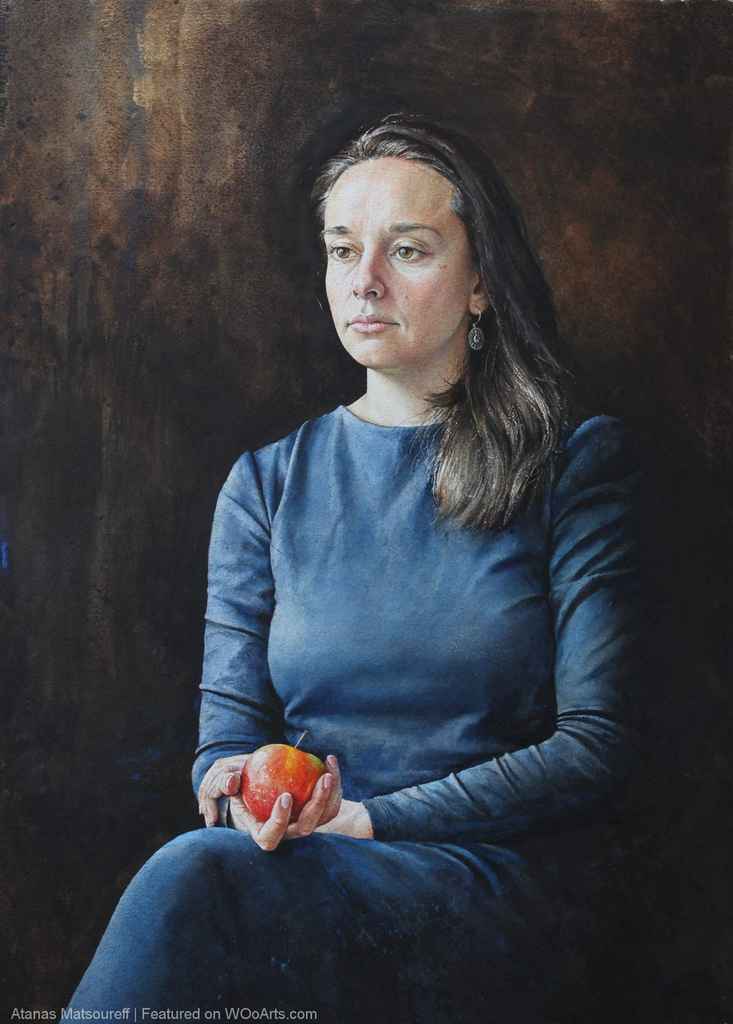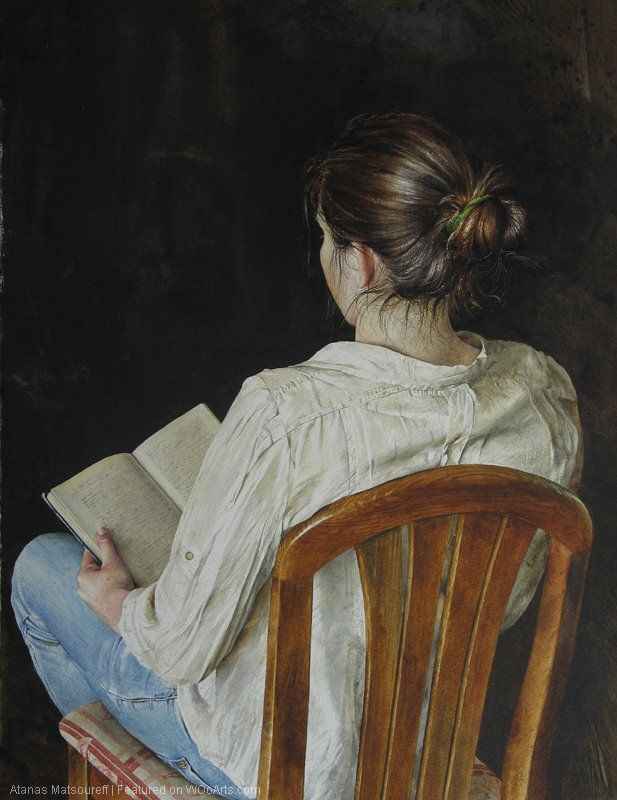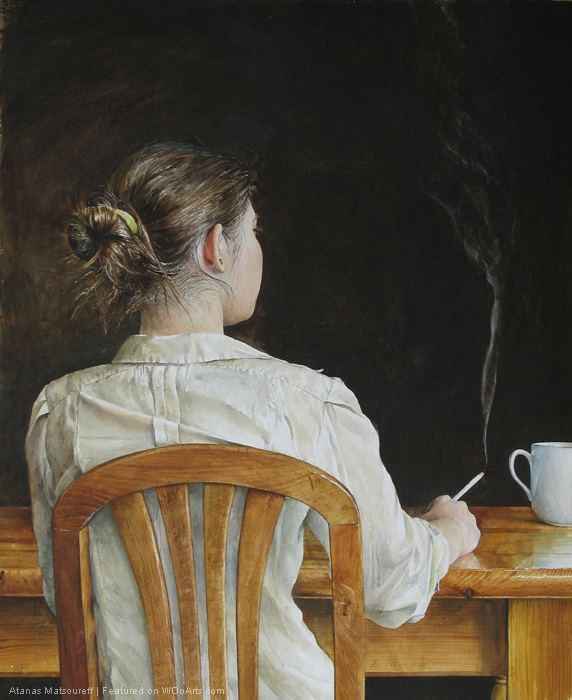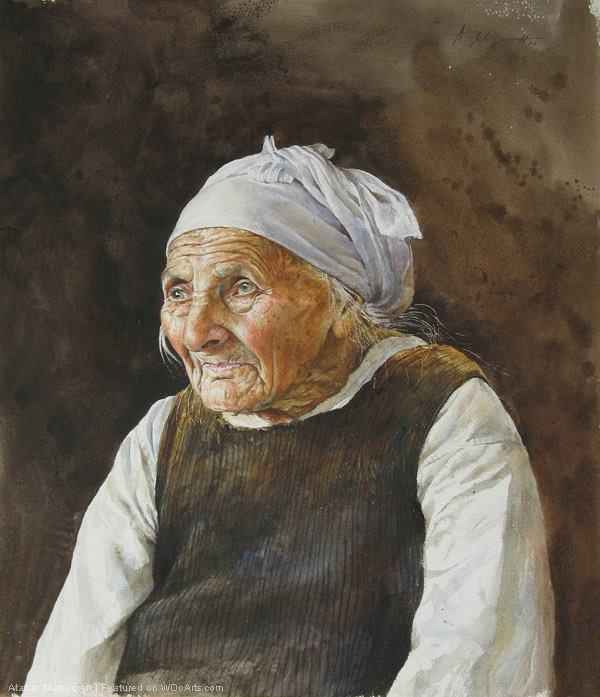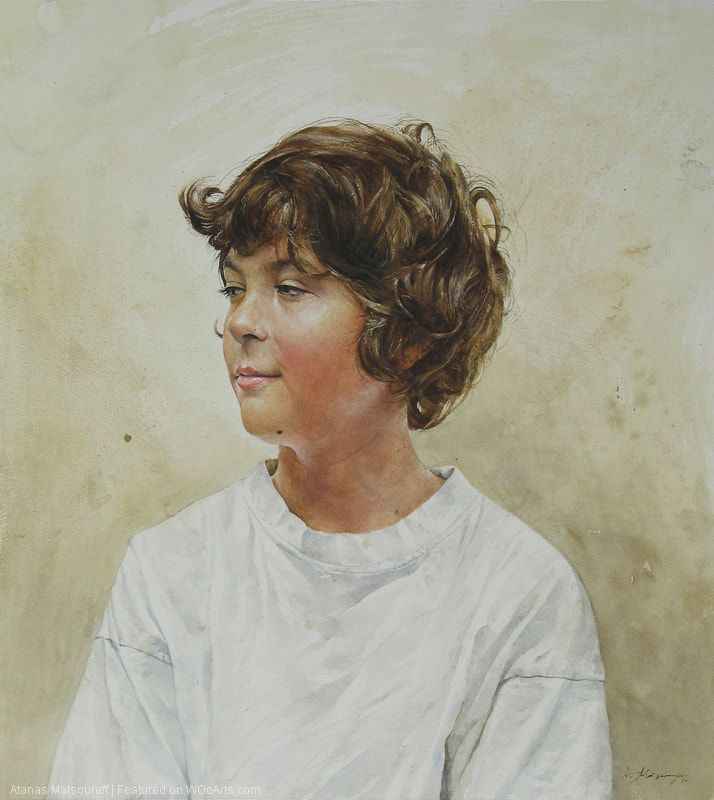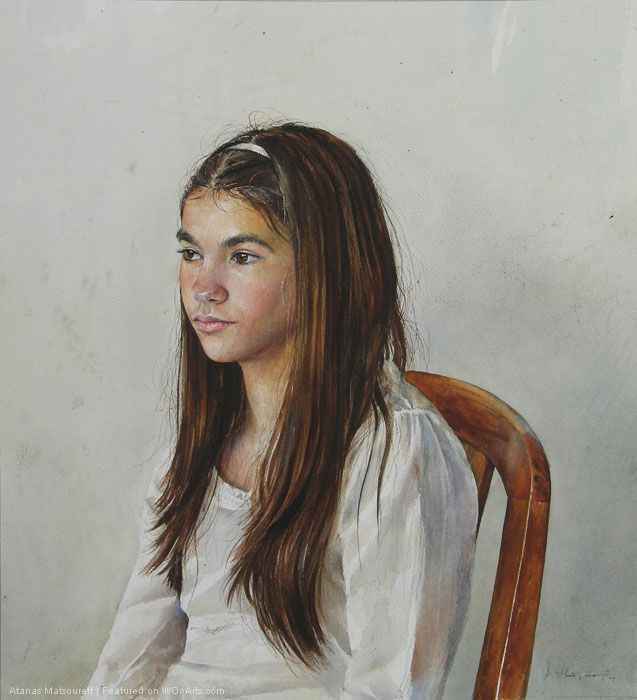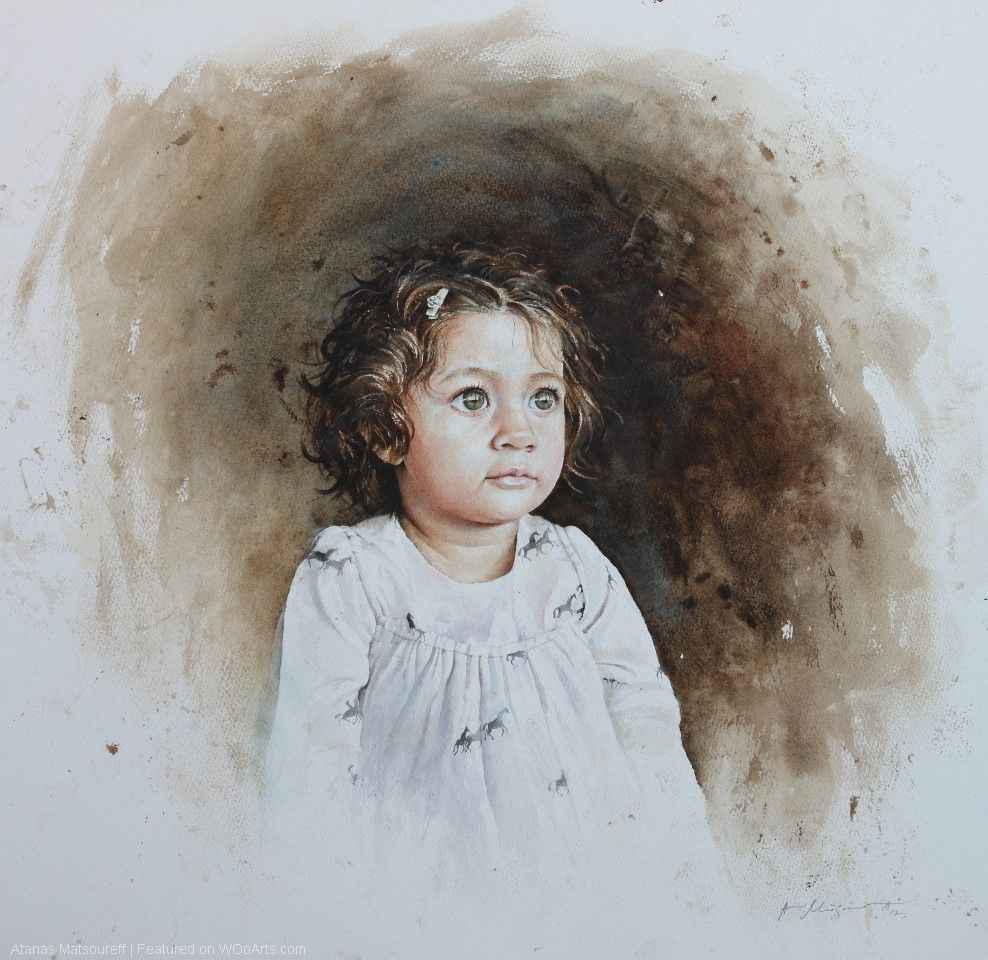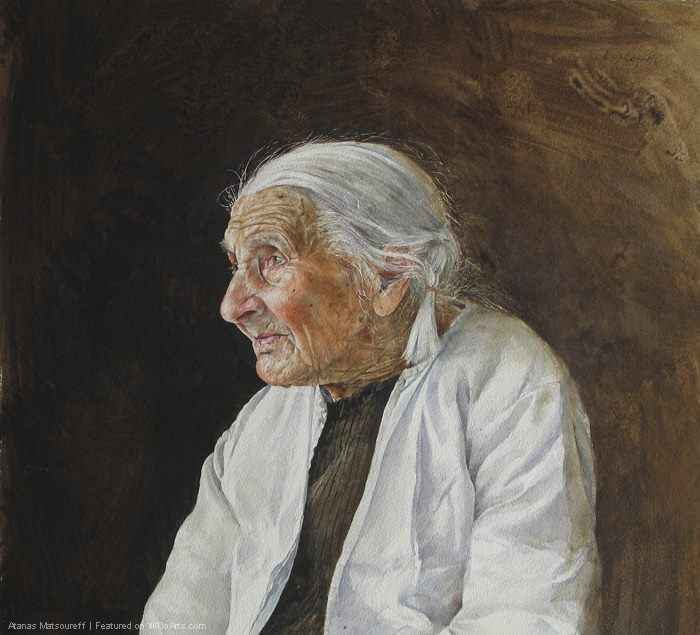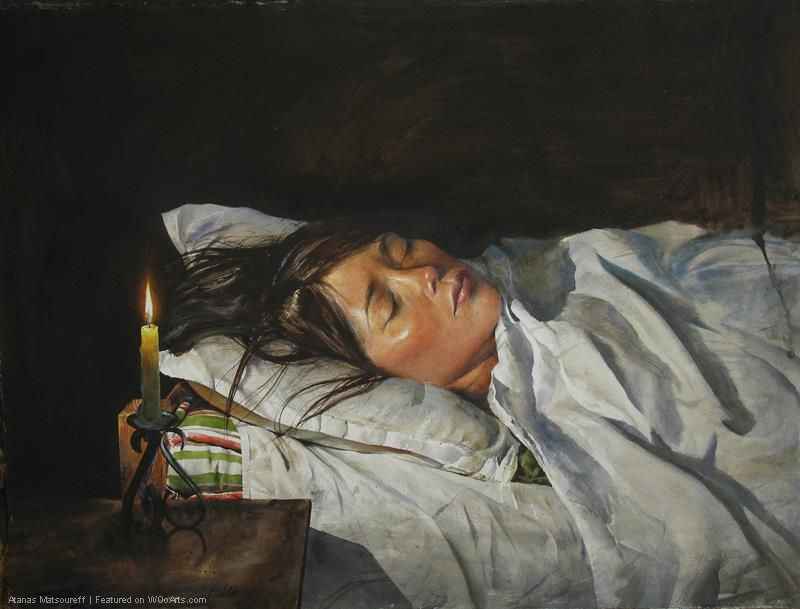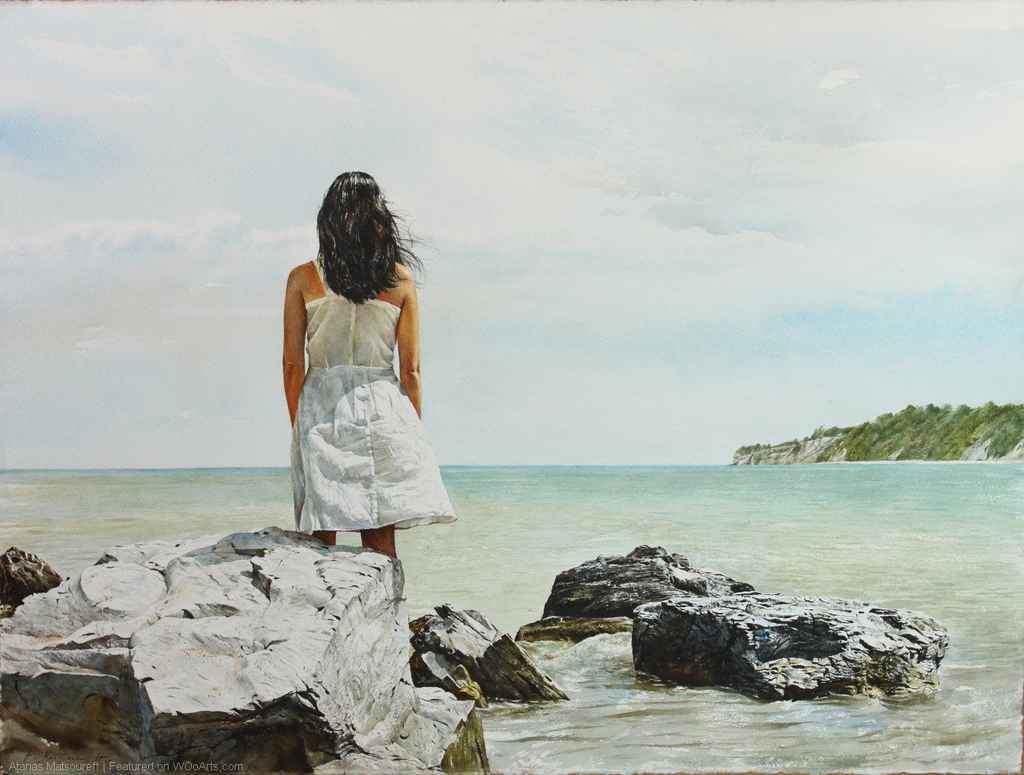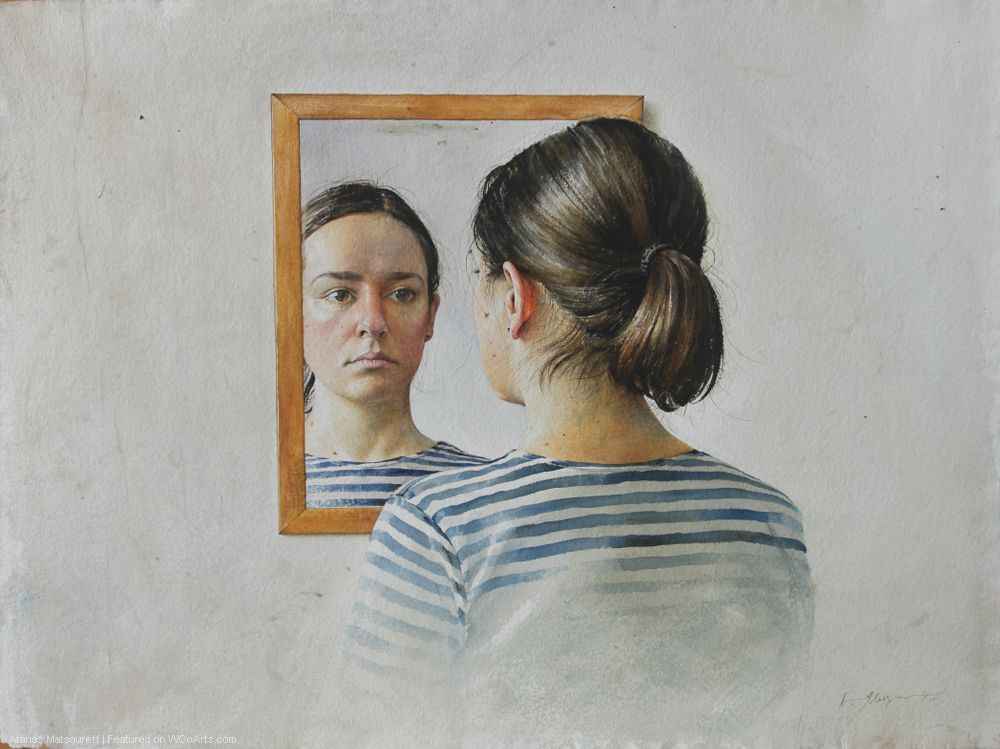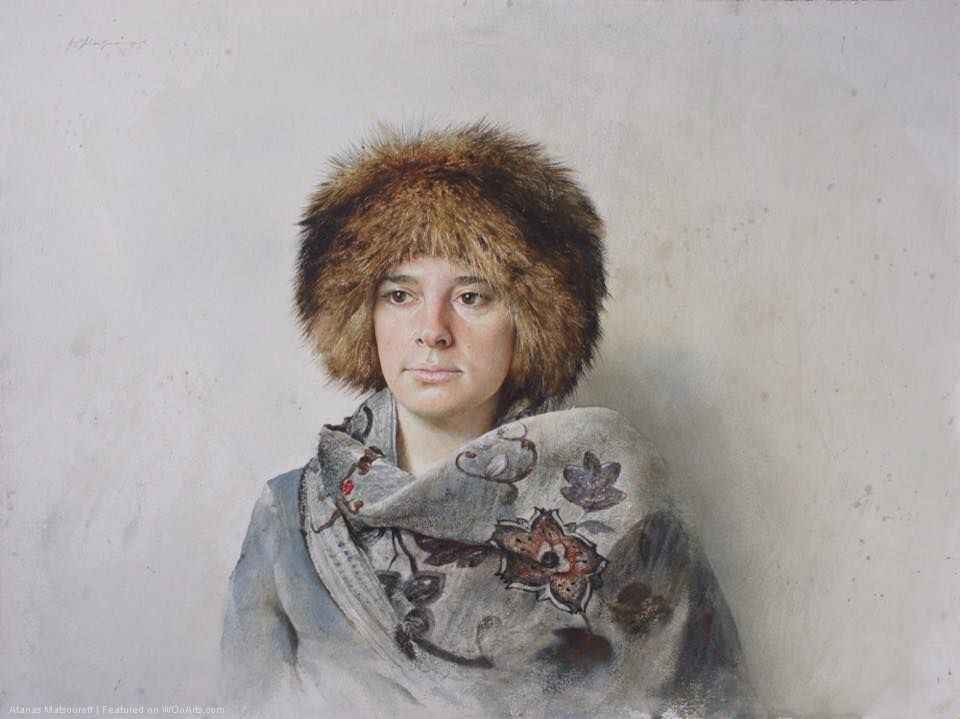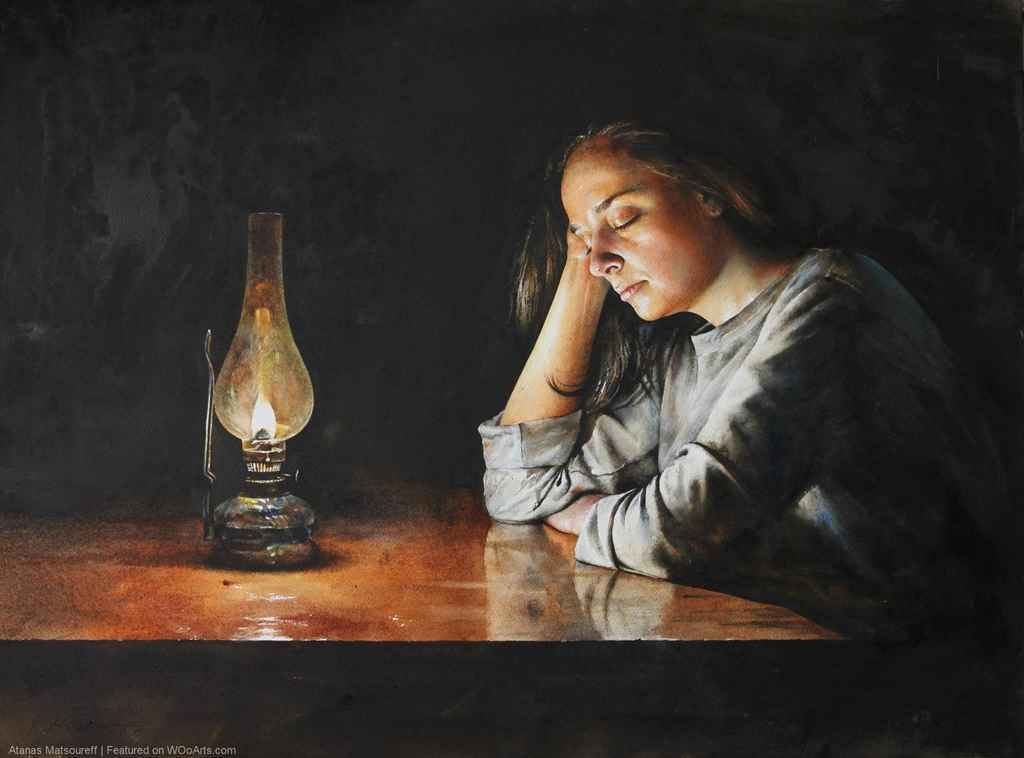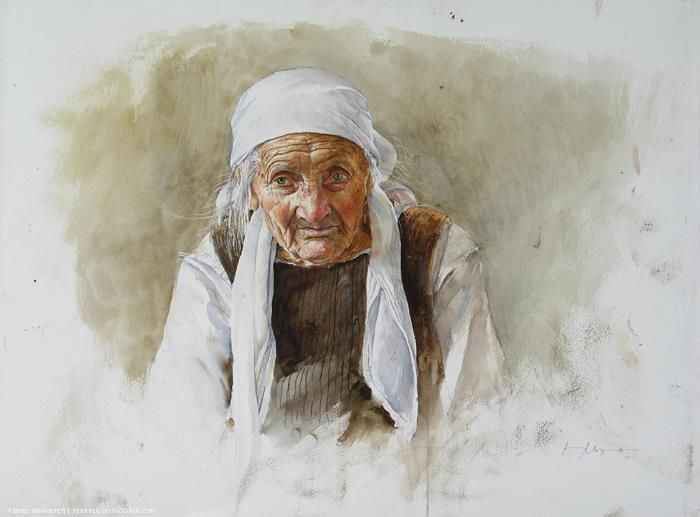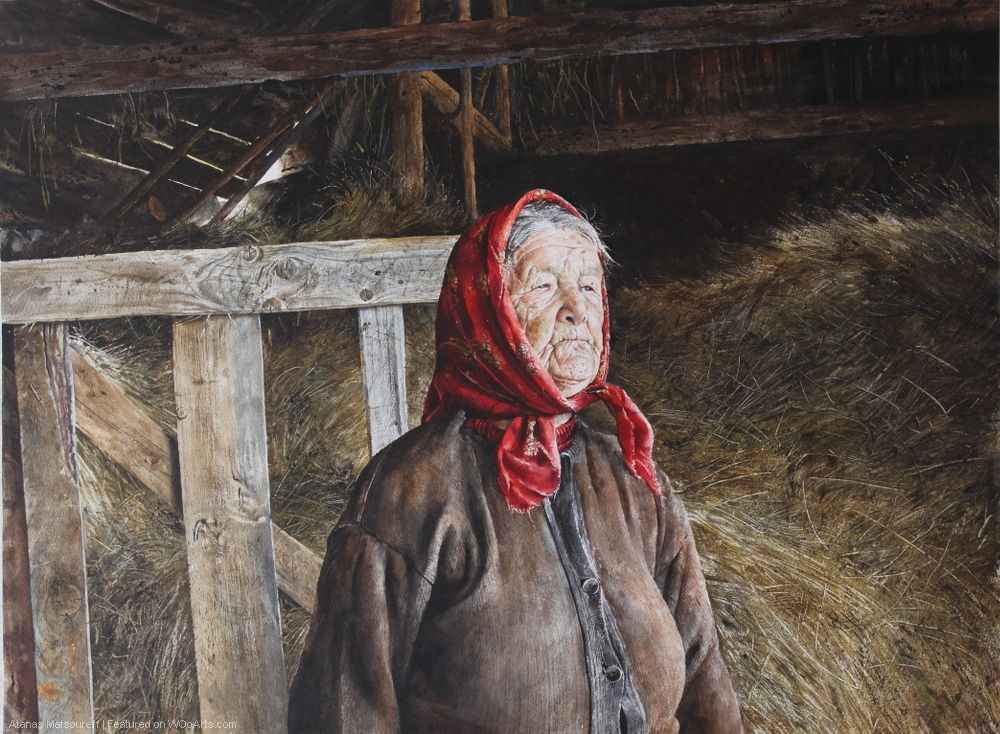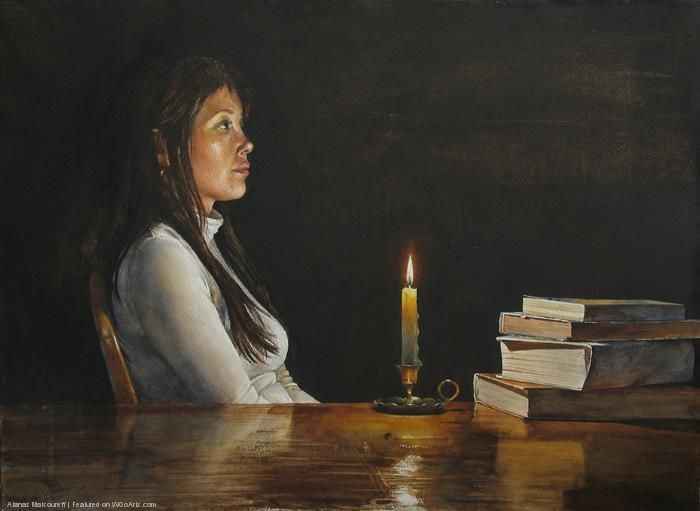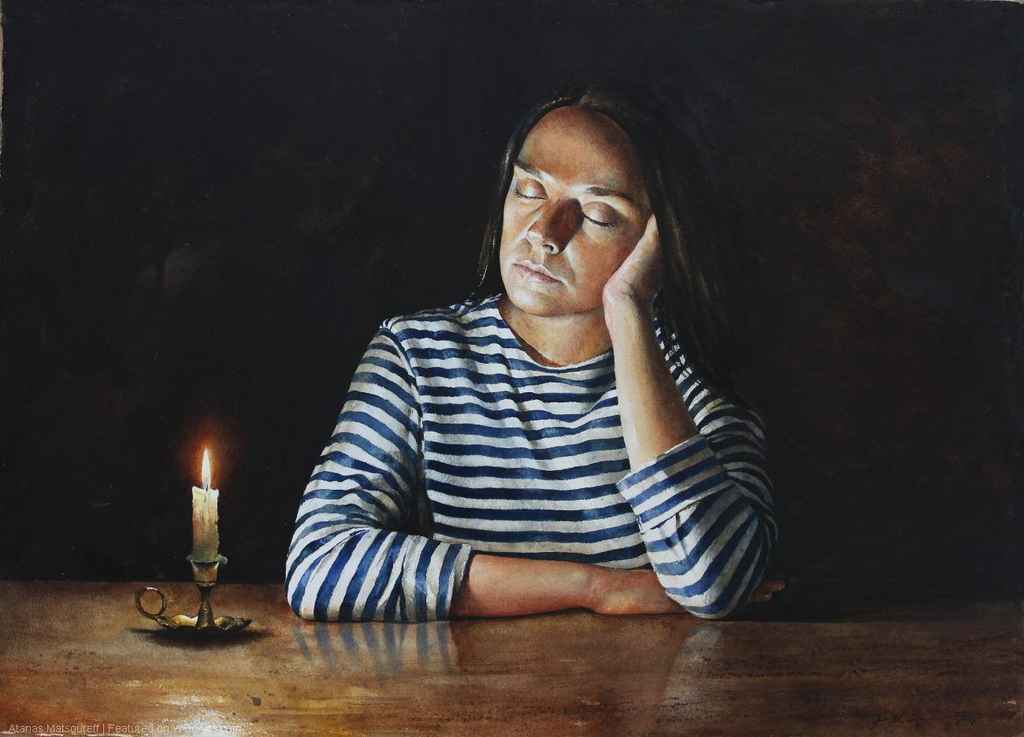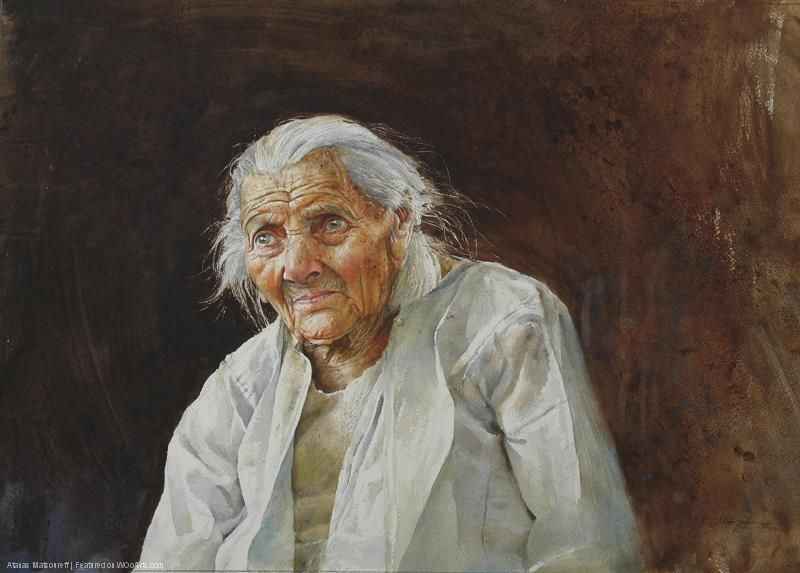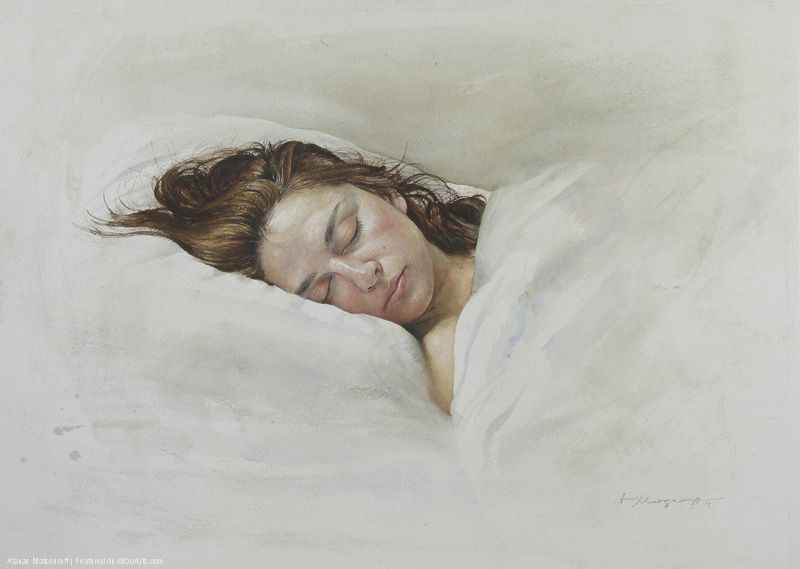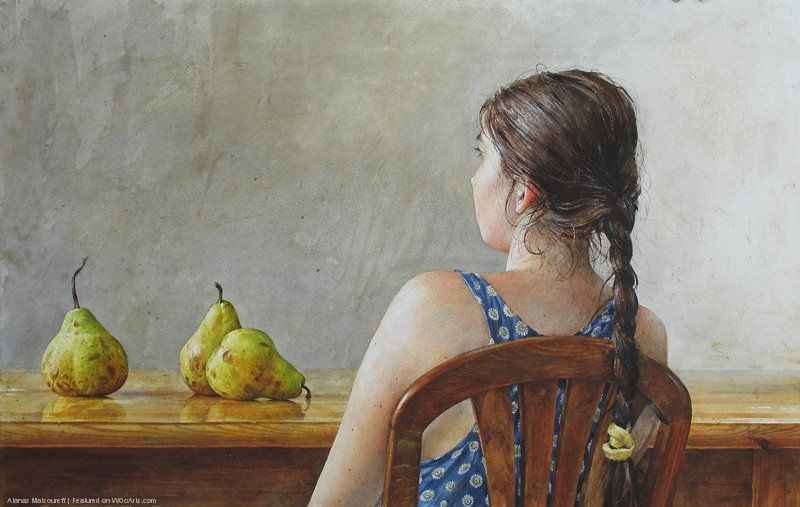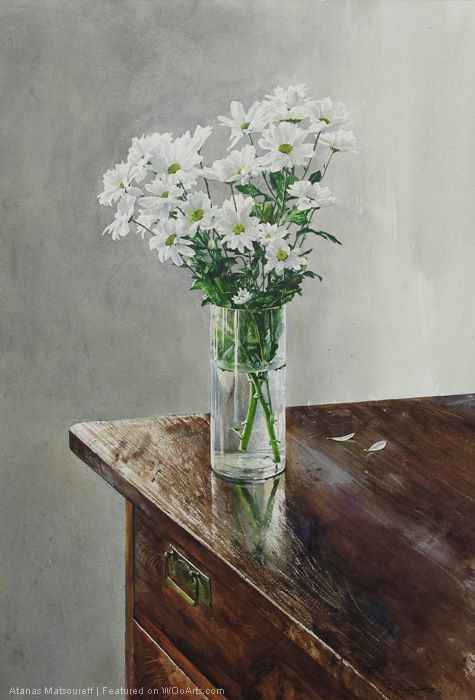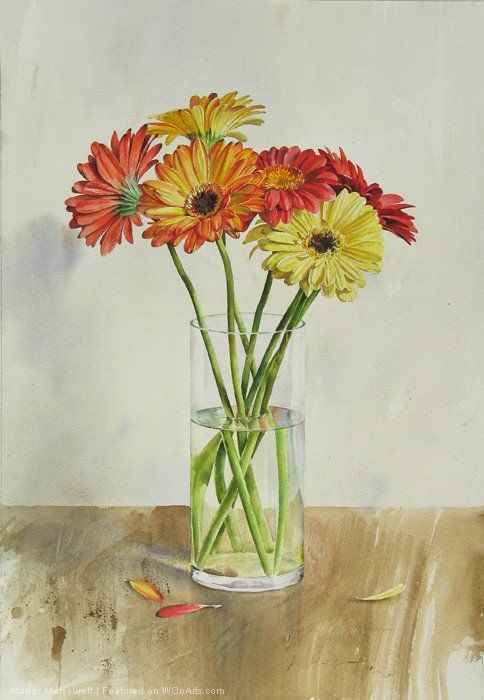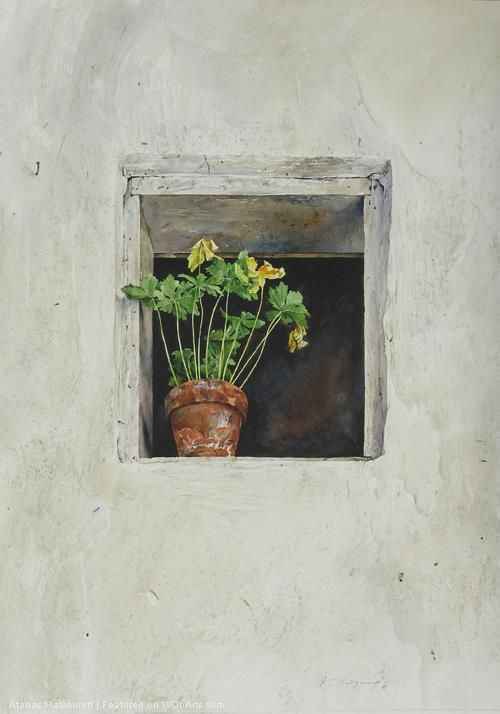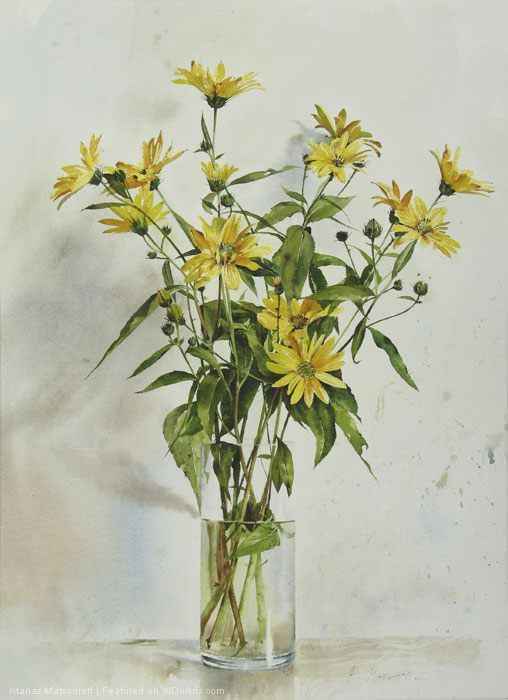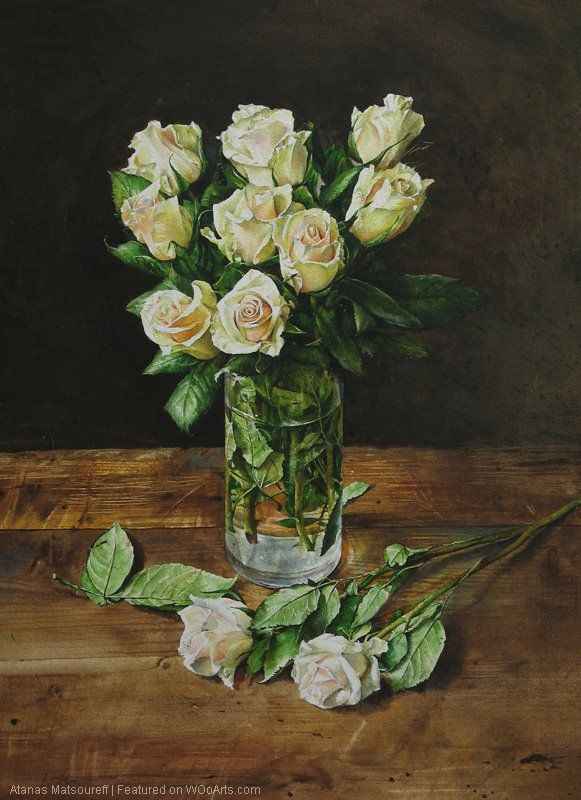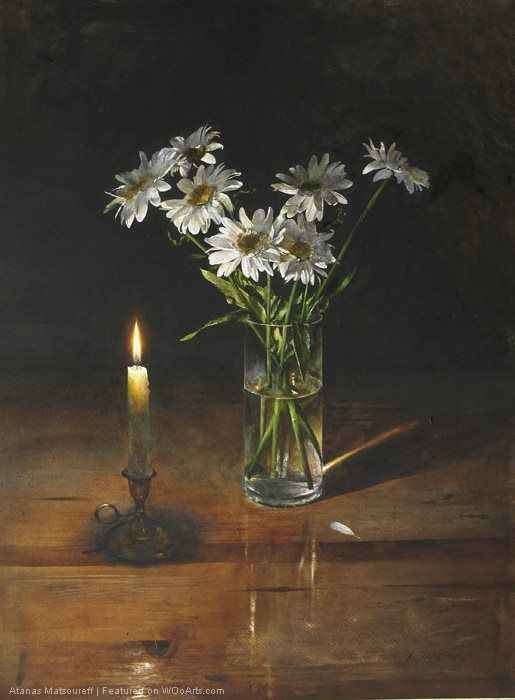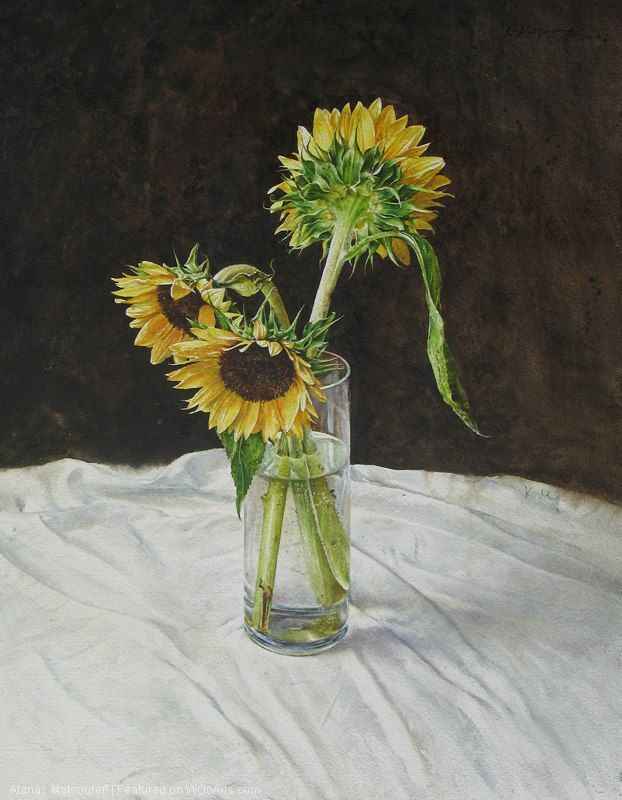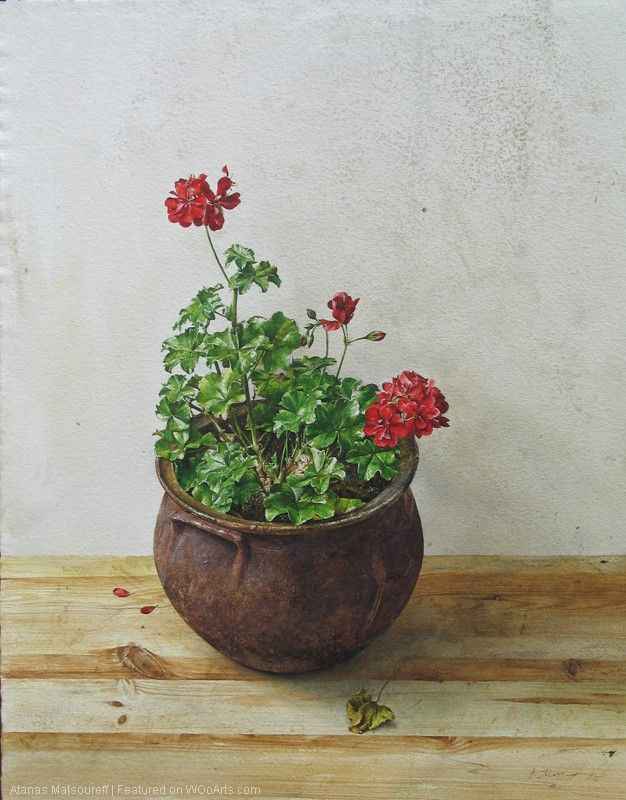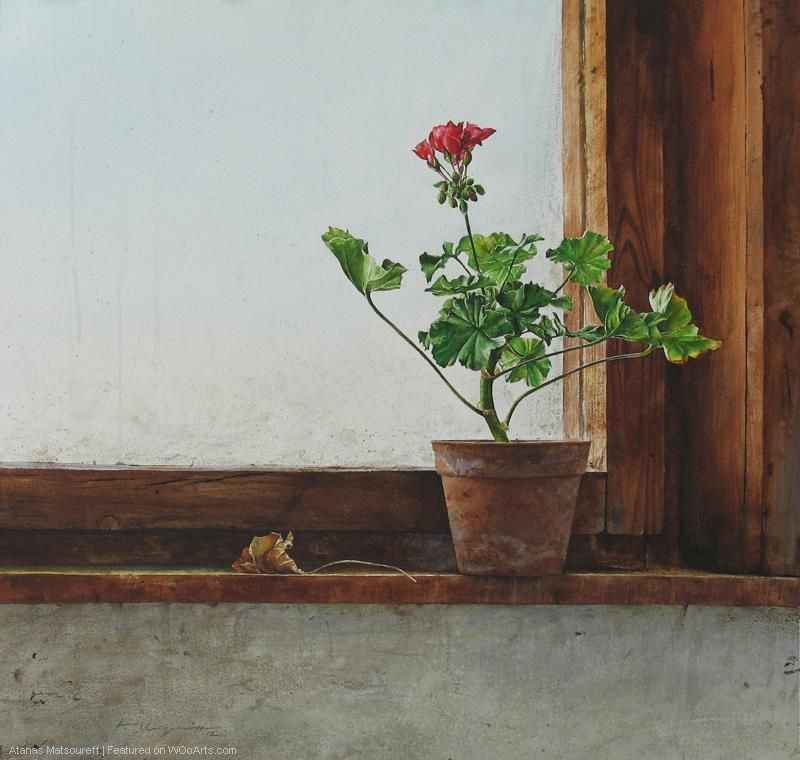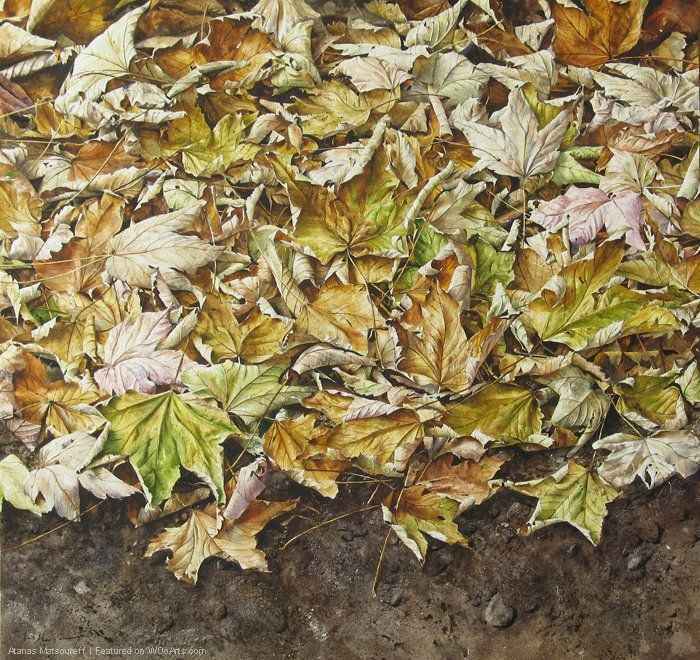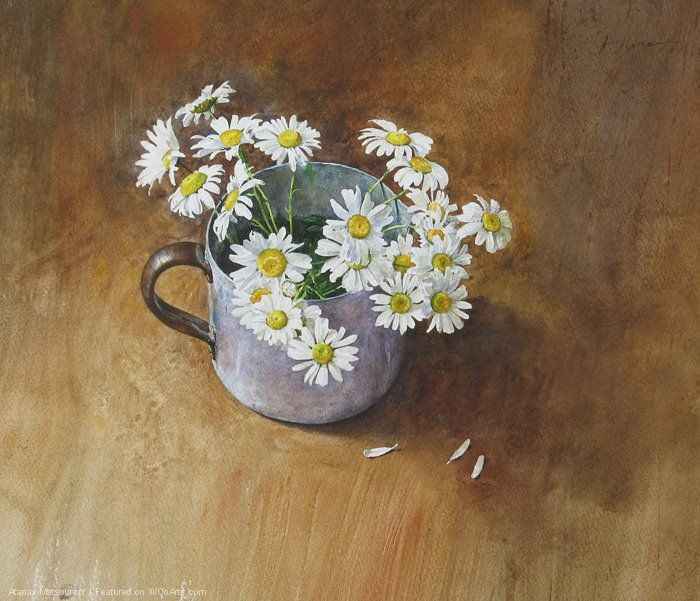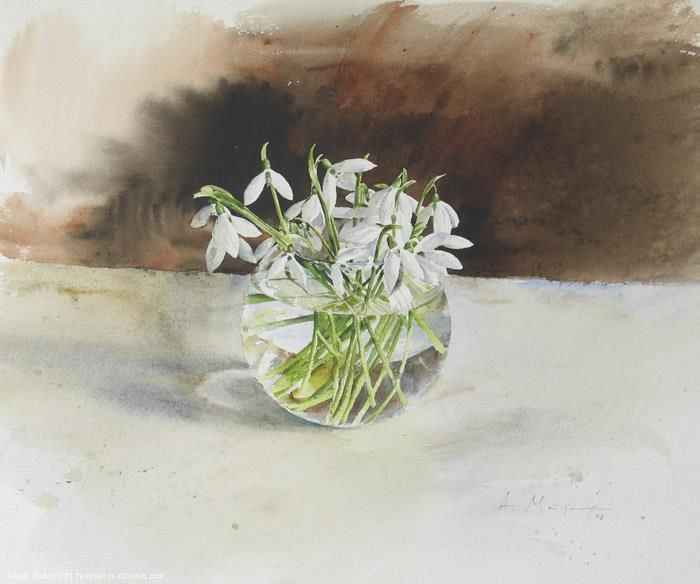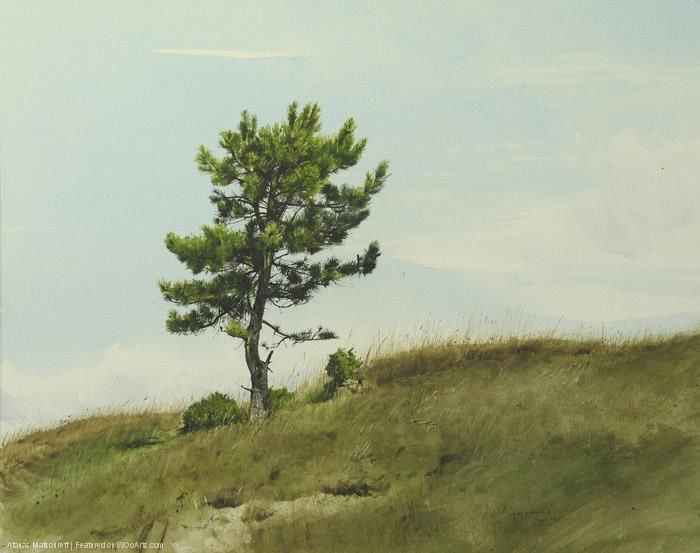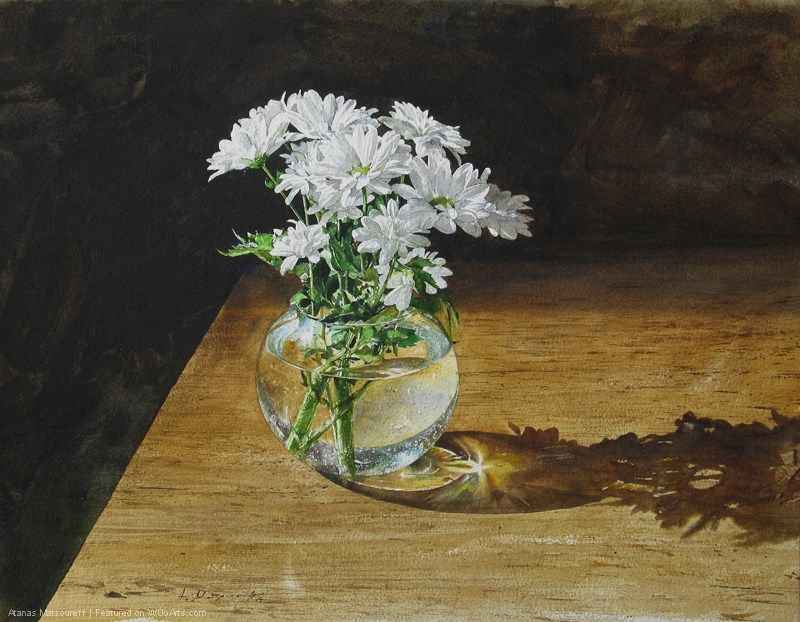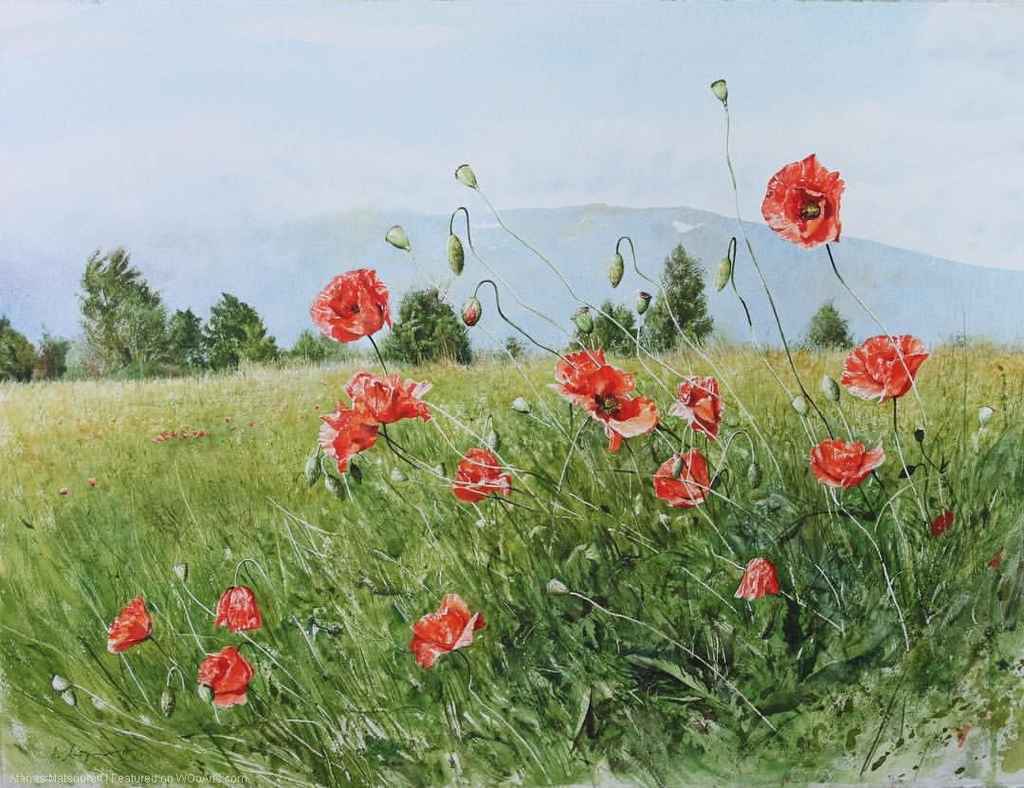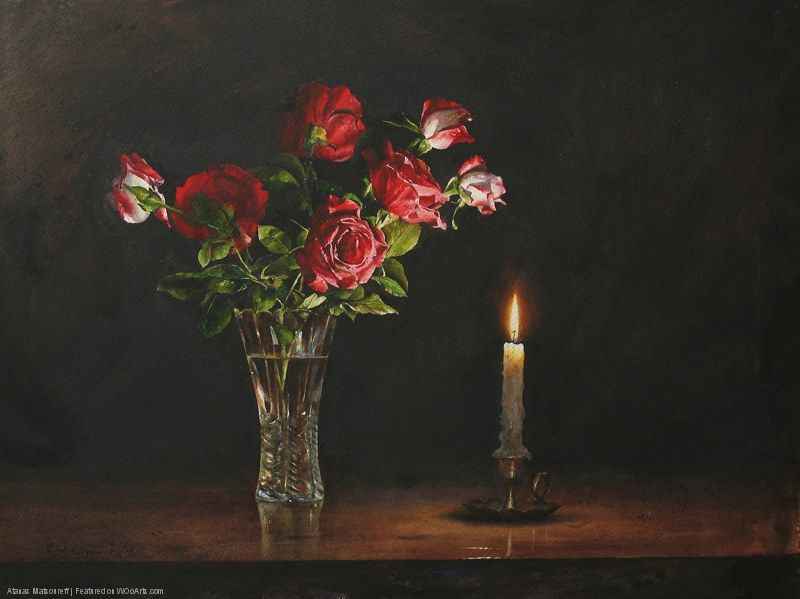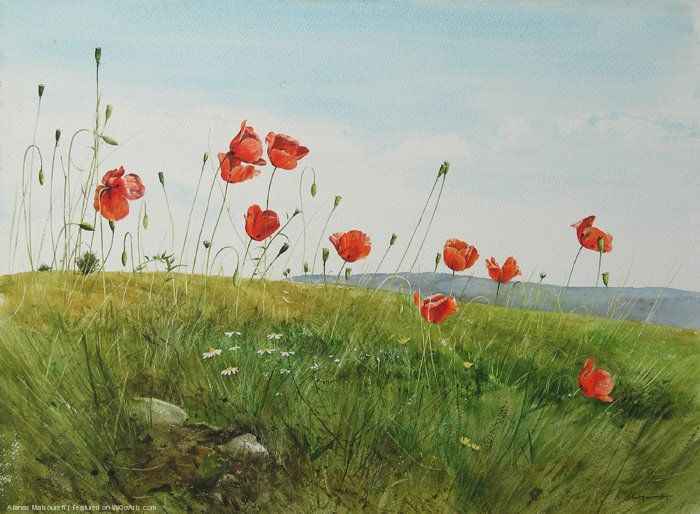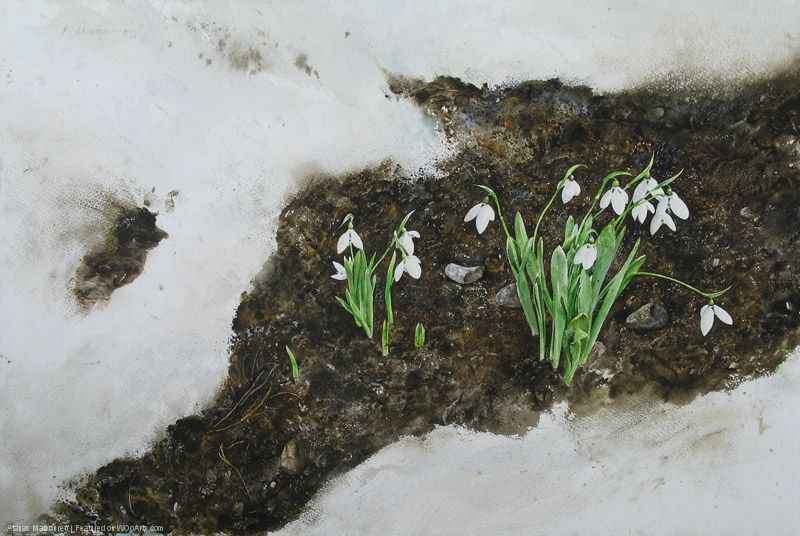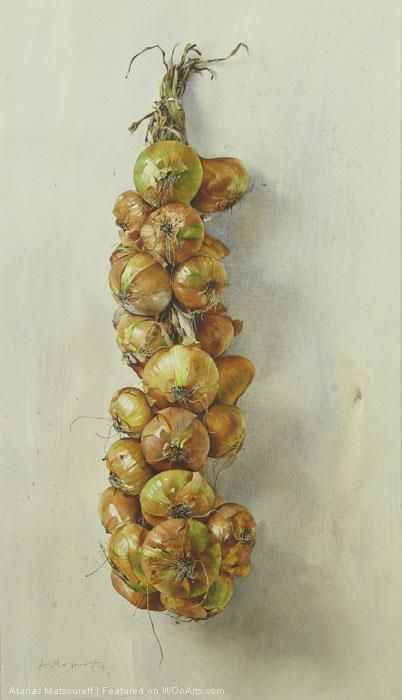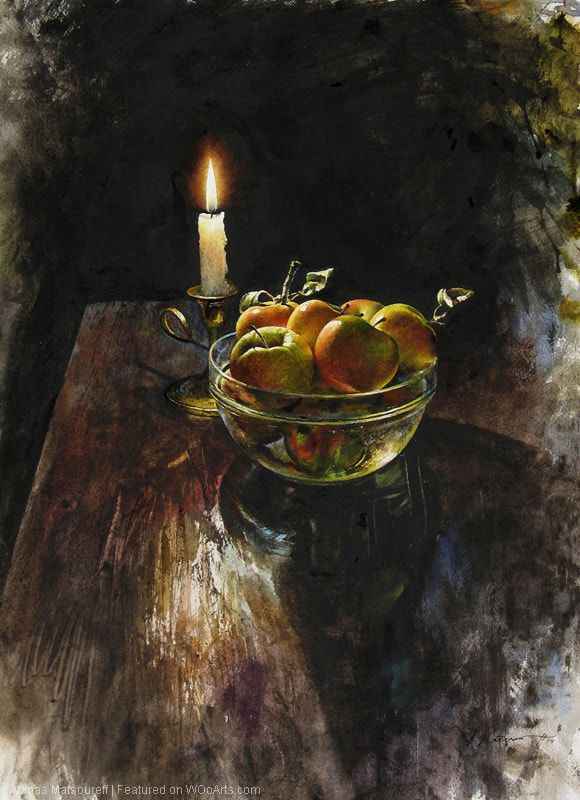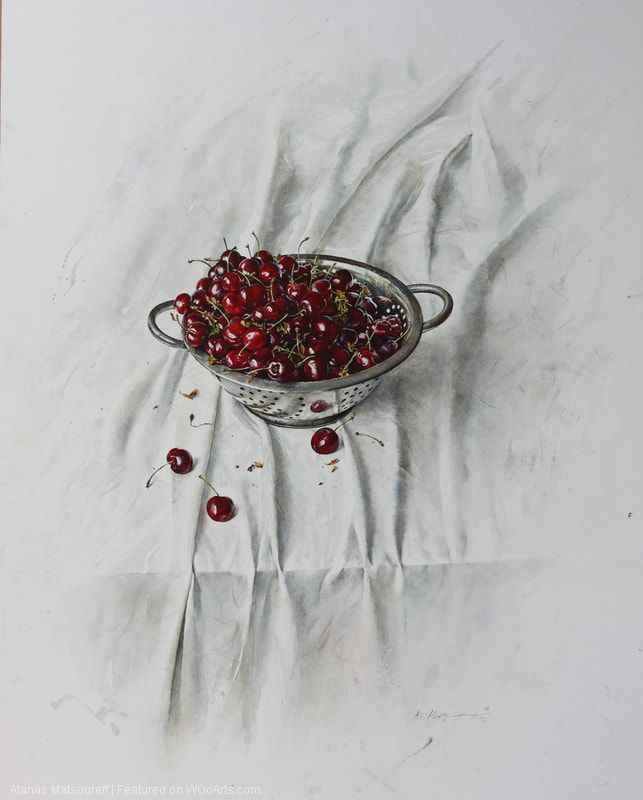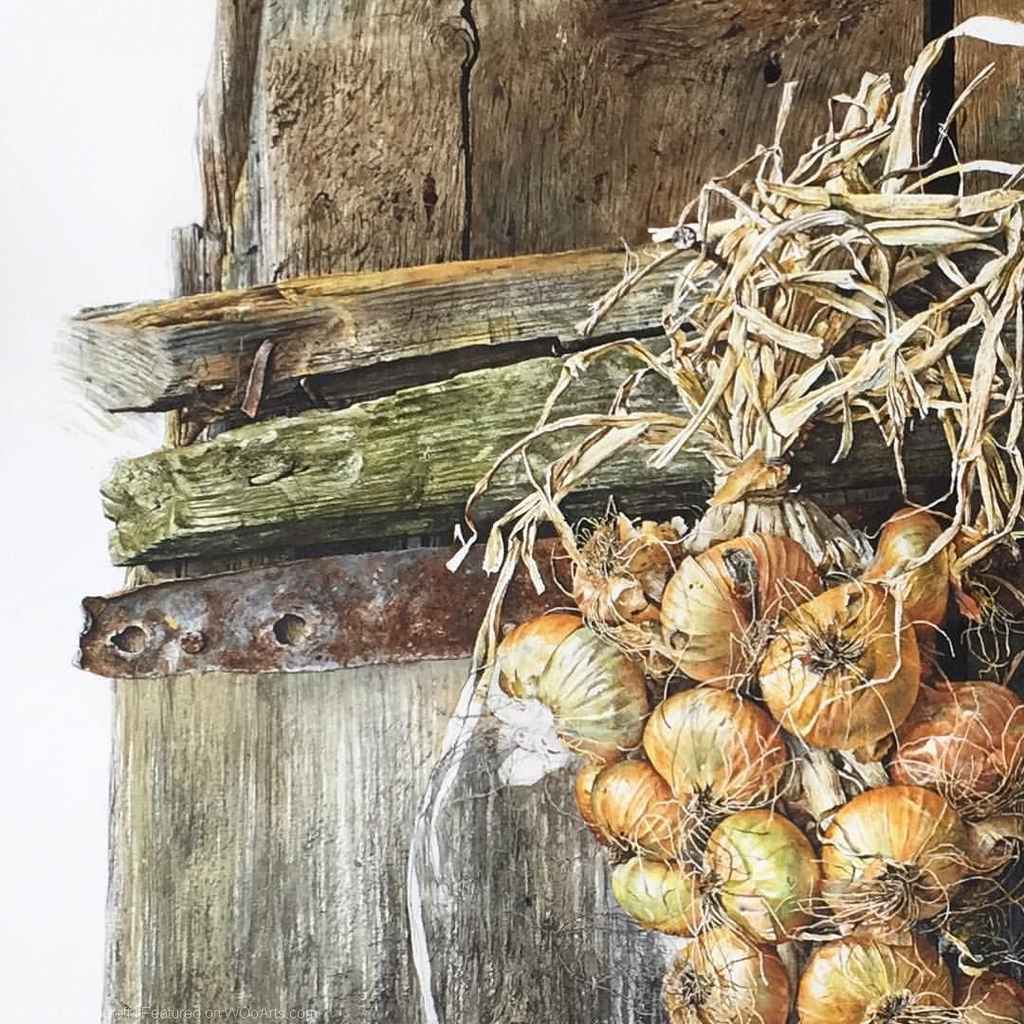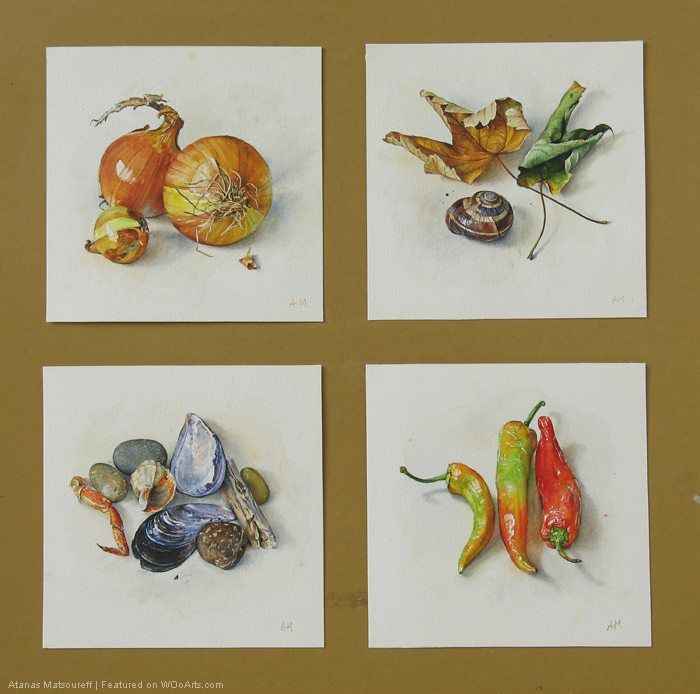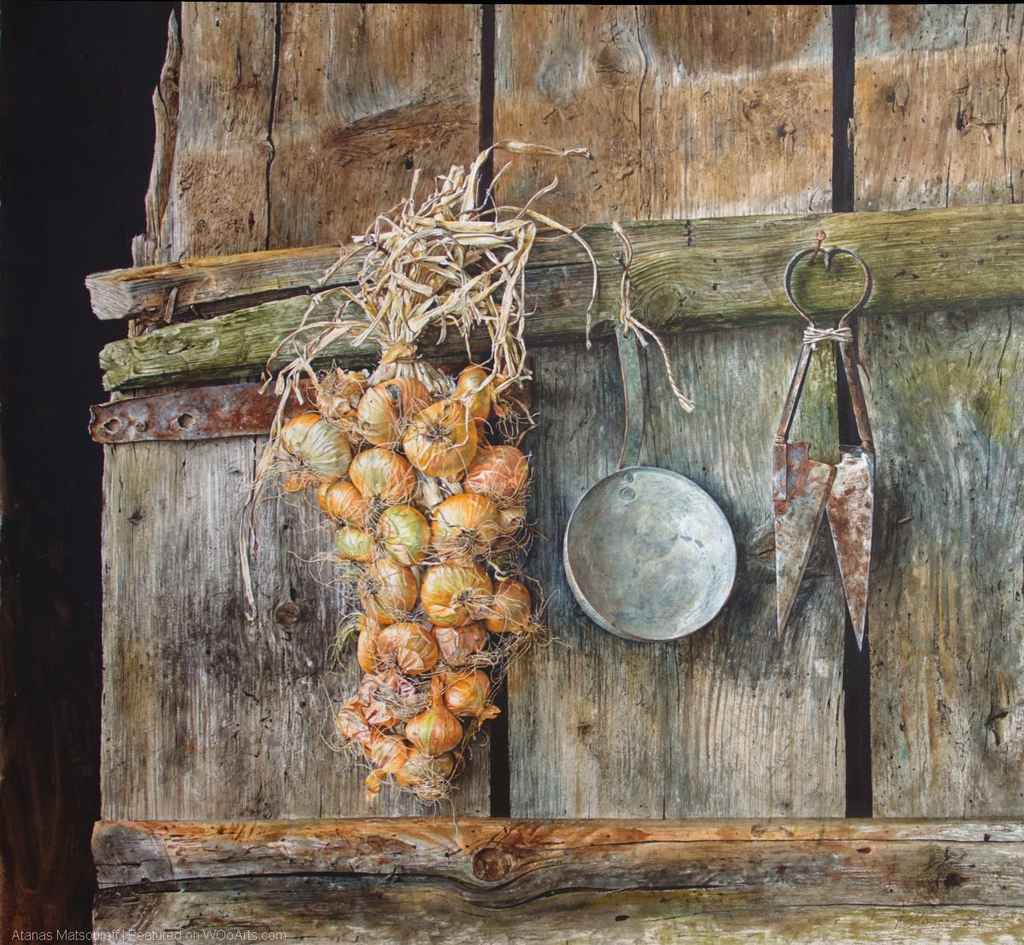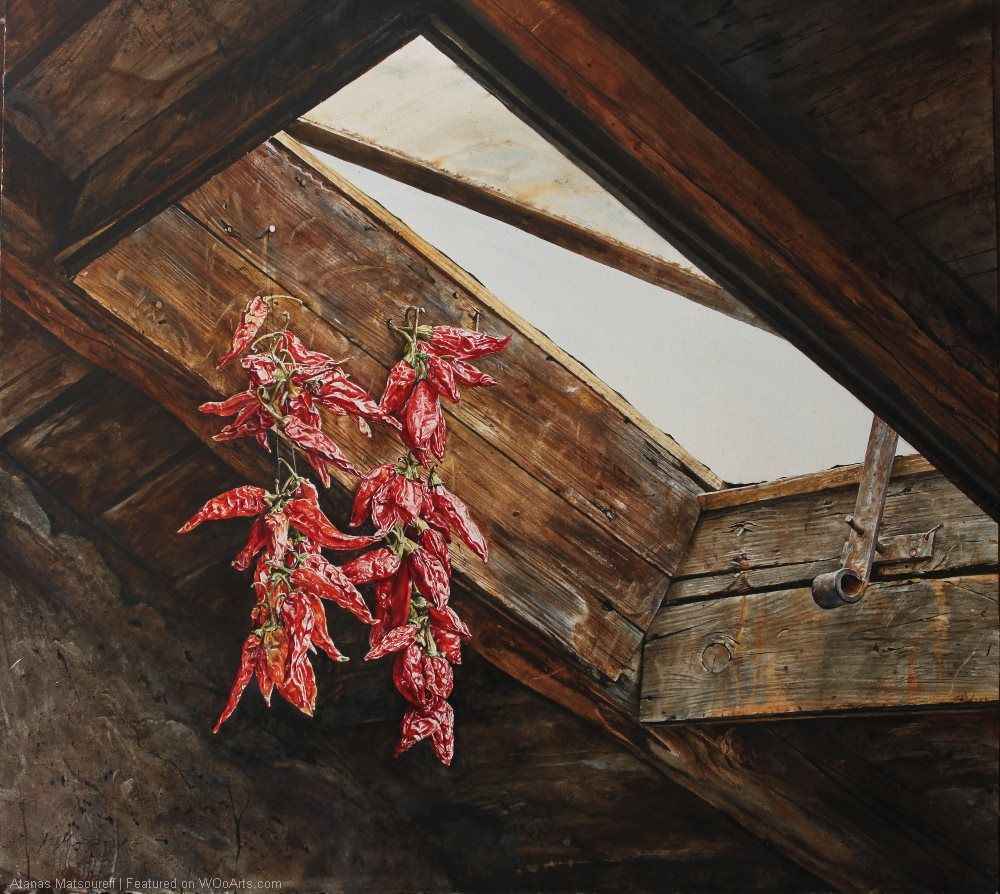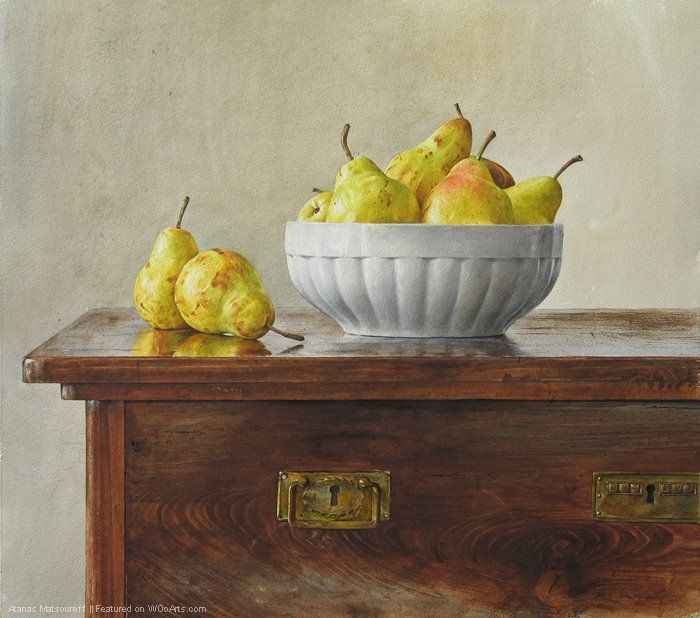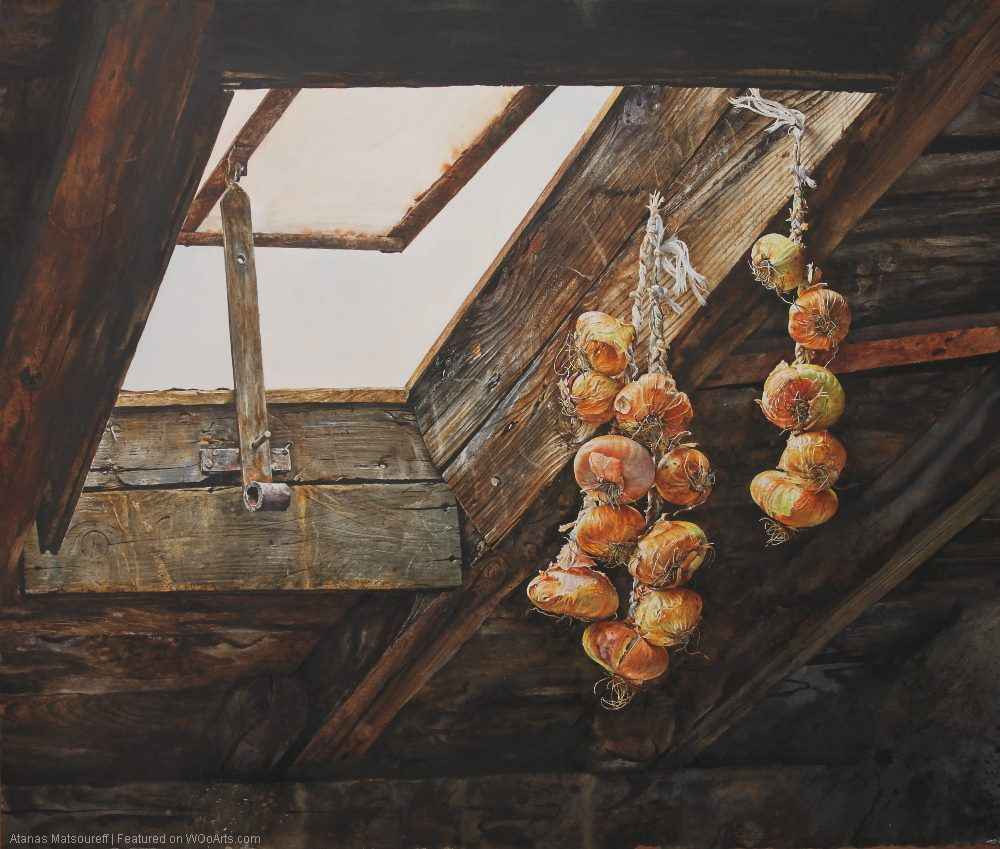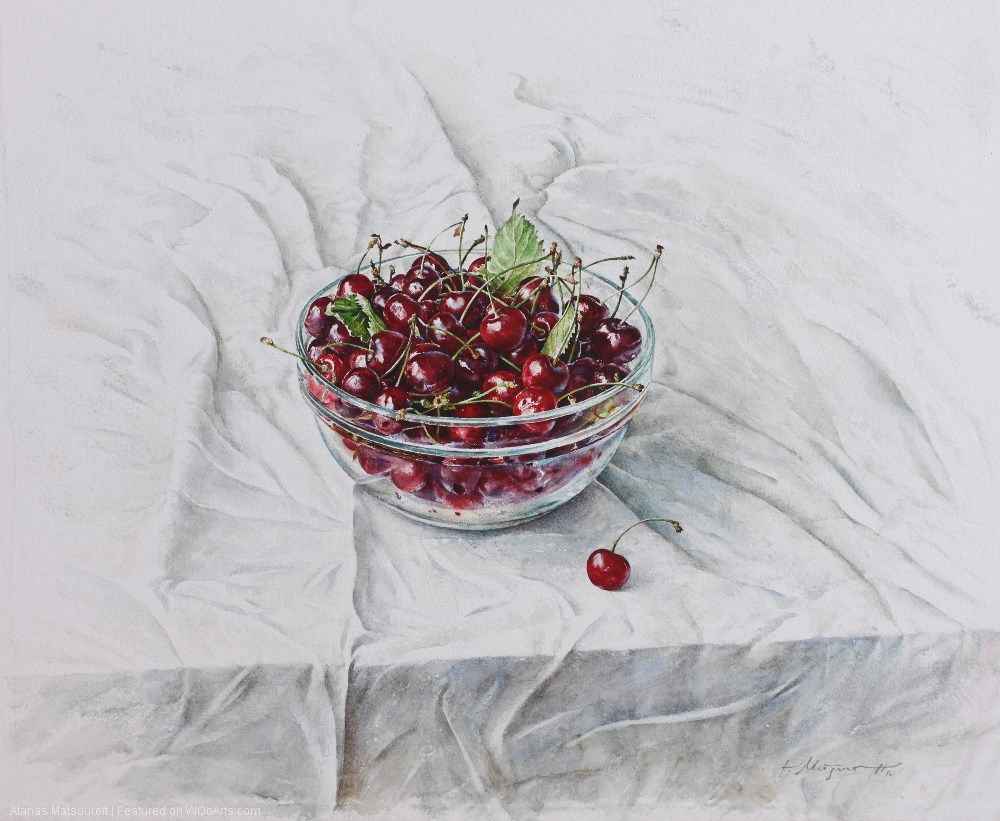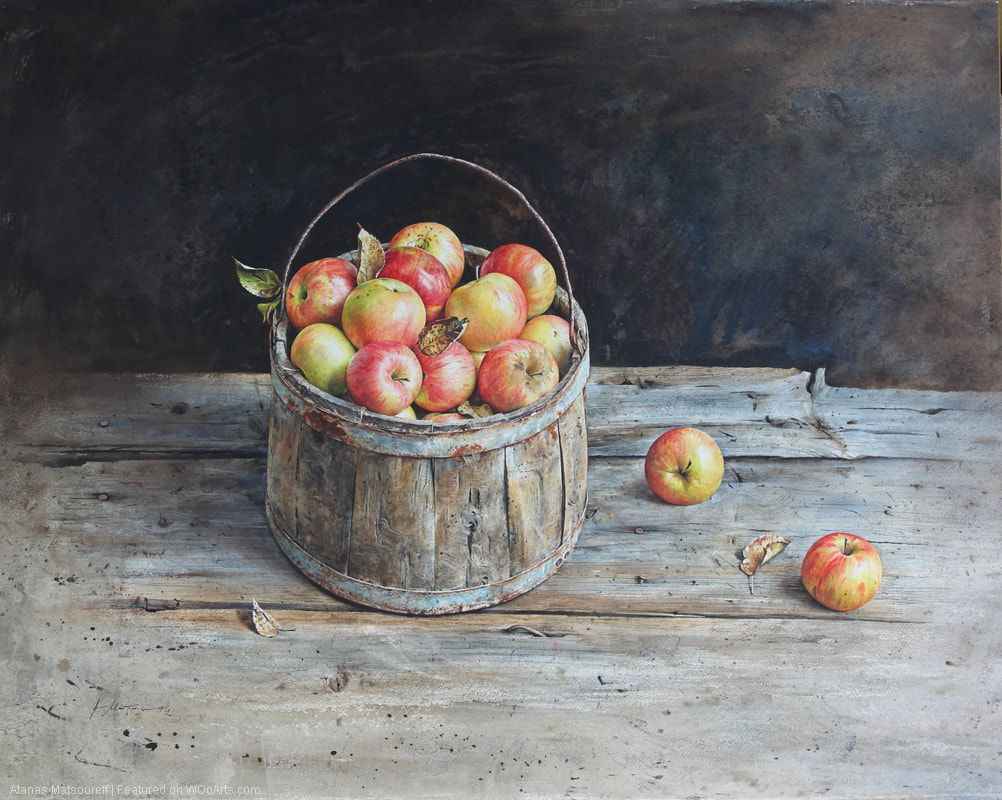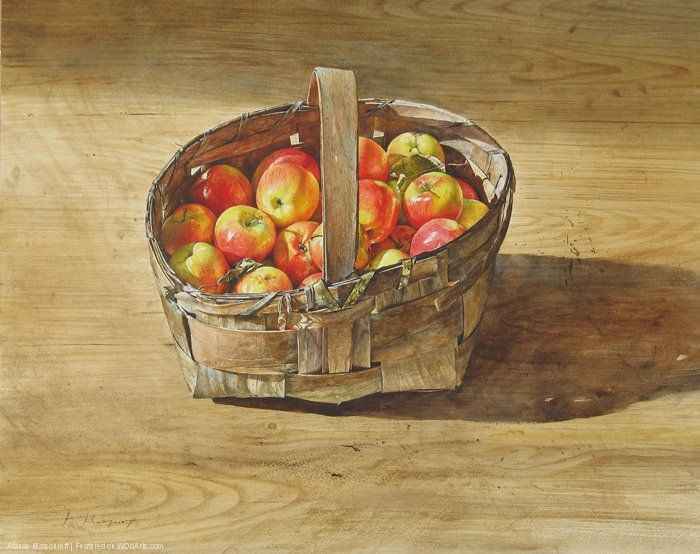Atanas Matsoureff uses watercolor in his paintings from nature and he bows before the beauty and the forces of the nature, and the simple, ordinary things around us. He tries to catch the spirit of each material and to touch the thing beyond reality.
—-
Interview with artist Atanas Matsoureff
Thursday, 25 February 2016 via stcuthbertsmill.blogspot.com
Atanas Matsoureff is an artist renowned for his realist watercolors. He is a self-taught artist based in Bulgaria, and is an Ambassador for St Cuthberts Mill.
“Watercolor is a painting technique which offers an infinite scope of possibilities for artistic expression, highly demanding on the part of the artist concentration combined with passion. The beauty of watercolor painting lies in the white of the paper, the lightness, the movement, the transparency, the vibrant colors. I paint from nature and I bow before the beauty and the forces of the Nature and the simple,ordinary things around us. I try to catch the spirit of each material and to touch the thing beyond reality.” ─ Atanas Matsoureff.
Interview with Atanas Matsoureff – Feb 12th 2016
Tell me about when you decided to go “pro”. When did you decide to dedicate yourself to your art. Give us an example of what that meant to you. What pushed your artwork from amateur level to professional?
Soon after I had started to paint only watercolor and to explore it’s potential I decided to dedicate my whole life to it. The process of becoming “pro” is slow and invisible. To become a good water-colorist you need to dedicate years to figuring out the medium.
To observe, to be patient, to constantly think about it, to work a lot, out of love. I think the moment when I realized that things just started to happen and happen beautifully, and was much more interesting than hard to work with the medium was a step to professional level.
Please state which St Cuthberts Mill papers you use and why?
I like very much St. Cuthberts Mill papers because of their quality. I like to experiment with different papers – mould made, handmade, rag, not cotton, vintage papers. Can say that St. Cuthberts Mill papers are one of the best nowadays, they are somehow ultimate. I know I can paint everything on them without any doubts or fears about their behaviour as I know what to expect and what paper can give me. Mainly I use:
- Saunders Waterford (NOT), 300, 425 gr. (both natural and high white),
- Saunders Waterford (ROUGH), 300 gr.,
- Millford.
How does the use of these papers enhance your work?
I think watercolor paper makes 80% of the work. That’s why it’s necessary to know the papers. It’s important to me to paint different subjects on different kind of paper. There is always a feeling of discovery, never boring. And for me as an artist painting in different genres it was always a pleasure that I could find appropriate papers from St. Cuthberts Mill.
Is there an artist you admire, did they inspire you to be an artist yourself?
There are many of them, but the most inspiring is the greatest American artist Andrew Wyeth.
Do you remember the first painting you did that you were really proud of?
It was a small sketch of a floating boat, painted many years ago.
What memorable responses have you had to your work?
Frequently get responses from the people that my paintings remind them of some moments of their own stories which they want to keep.
And I do believe that this is what the art should do – touch the souls.
What are you working on right now?
Currently I’m in Moscow, Russia and paint some old buildings in the center of the city using Waterford.
What’s the one painting you’ve painted that you will always keep?
The first portrait in sepia of a grand mother series.
What advice would you give to yourself, the artist you were 10 years ago?
Work more, explore more, don’t be afraid.
Anything else you’d like to mention that I didn’t ask?
I love to touch the surface of the paper before to start paint on it. I want to feel it, to understand it and then it’s not just a paper anymore…
Gallery
—There are Nude painting that was excluded from this page, but here is a direct link

